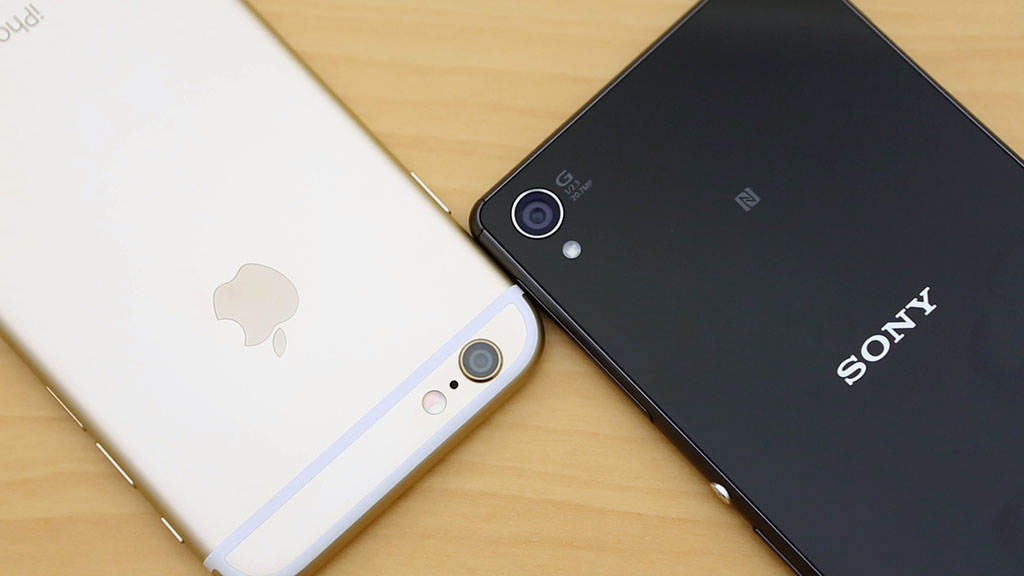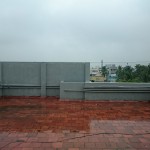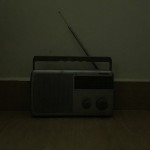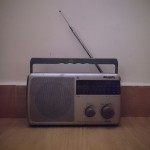Sony’s Xperia Z3 is one of the many flagship devices out there battling it out with the iPhone. There is always this constant effort to one up Apple’s flagship every generation and the current one is no exception. The Z3 is Sony’s answer to Apple’s iPhone 6 and with both of them placing high emphasis on their cameras, we thought it’d be ideal to compare them and see how far the companies have gone, to take mobile story telling to the next level.
httpv://www.youtube.com/watch?v=x4wDRx7B9hg
Let’s start with the sensor. The Z3 comes with a 1/2.3” type 20.7 megapixel EXMOR RS sensor made by Sony, while the iPhone 6 comes with a 1/3” 8 MP sensor. When you compare the pixel sizes between them, the Z3 has a 1.1 microns pixel size while the iPhone has a pixel size of 1.5 microns. Technically, the iPhone has the bigger pixel, but the Z3 has 8 MP oversampling which brings the pixel size to a theoretical approximate of 2.2 microns. When it comes to pixels, the detail that you get in a picture matters the most. The iPhone 6 produces greatly detailed photos with its small 8 MP sensor, mainly thanks to the larger pixel size and the new algorithms that have probably peaked out. Sony on the other hand employs oversampling to the large amount of sensor data available. It combines two pixels into one and takes a 8 MP still, which has better detail than the 20 MP photo, which has its weird artifacts. The oversampled Z3 image and the iPhone are a lot closer, although we see a little bit more detail on the water, for the Z3. It’s upto preferences though, as some prefer the softer images rather than the sharper ones.
The lens unit on the Z3 has a really wide 35mm equivalent focal length of 25mm while the iPhone 6 comes with a narrower 30mm focal length. General idea is that a wider angle lens proves to be useful when taking landscape pictures when you want to fit more in a frame or even a large group’s photo. Here is the apparent difference between the two, with photos taken from the same place.
Xperia Z3
iPhone 6
Moving on to video, the Xperia Z3 has added advantages when compared to the iPhone. It can shoot 4K at 30 fps, 1080p at 60 fps, 30 fps with or without HDR and 720p at 120 fps while the iPhone can shoot 1080p at 30 fps, 720p at 120 and 240 fps. 4K has four times the pixels of a 1080p video, with a resolution of 3840×2160, so you naturally get more detail out of it, with resolution similar to a 16:9 12 megapixel photo. Here’s a 4K video on the Z3.
httpv://www.youtube.com/watch?v=dt2RTEnzkVE
Here’s the same frame in 1080p on the iPhone 6 –
httpv://www.youtube.com/watch?v=zn-ACJBmPoI
Additionally, in video, the Xperia Z3 also has software based stabilization, much like the iPhone 6. Both work similarly, using software techniques rather than going for a hardware solution. Sony has used the steady shot branding for its implementation, which also includes an intelligent active mode for resolutions below 4K. So we tested out the video stabilization on both the iPhone 6 and the Xperia Z3, here’s how it turned out.
httpv://www.youtube.com/watch?v=HnIix2D3pQA
httpv://www.youtube.com/watch?v=jEc_dFB71aM
As you can see, both employ a similar algorithm for cinematic stabilization but it seems like Sony’s “intelligent active mode” has the upper hand here, as it offers stunningly stable video. We had shot with both the phones in both hands and walked with as little shake as possible.
Finally, in video, both the iPhone 6 and the Xperia Z3 can record 720p slo mo videos at 120 fps. To see if there’s any difference in quality, we pitted both of them against each other with a similar frame. We found minimal differences between the two, with both of them having almost the same bitrate and quality, with the Z3 having a wider picture because of the lens and the iPhone having a warmer tone because of the algorithms.
httpv://www.youtube.com/watch?v=l5n49hEQusw
httpv://www.youtube.com/watch?v=jwbbUrU9yKo
Back to photos, one of the main advantages that Sony touts with its Xperia Z3 is the new high sensitivity mode that can let you take pictures in extremely low light conditions with upto ISO 12,800. So, how does it compare with the iPhone 6?
The Z3 consistently produces a brighter picture but lacks detail, with soft pictures and aggressive noise reduction. The iPhone, while sharp, is still not well adapted to low light conditions, even when compared to other recent flagships. It’s the obvious pitfall for any smartphone camera and it remains this way unfortunately.
Besides all the camera functions, there is one other key thing that matters with the camera experience, battery life. In our tests, we found the Z3 to last longer when using the camera, while the iPhone’s battery percentage dipped faster than in standby. In a photo session, we found the Z3 to lose 9% while the iPhone lost 16%. With a larger battery, the Z3 outperforms the iPhone in this department.
In the end, it all comes down to preferences. Looking at just the interfaces of the iPhone and the Z3, the differences are telling. The iPhone, as always, is focused on being simple, offering limited options to reduce user error, meanwhile the Z3 is aimed at pleasing a growing number of enthusiasts who like to have it all. You can change the ISO, you can shoot with different angles with two paired phones and thanks to Sony’s insistence, you can even take photos and videos underwater. Ultimately, both have taken mobile story telling to a different level, in their own ways, but for us consumers, it’s a matter of choice, which we have tried to help you with, in this post.
So, what’s yours? The iPhone 6 or the Xperia Z3? Let us know in the comments section below. More samples below –
Sony Xperia Z3 –
Apple iPhone 6 –
Full resolution links will be provided shortly


















